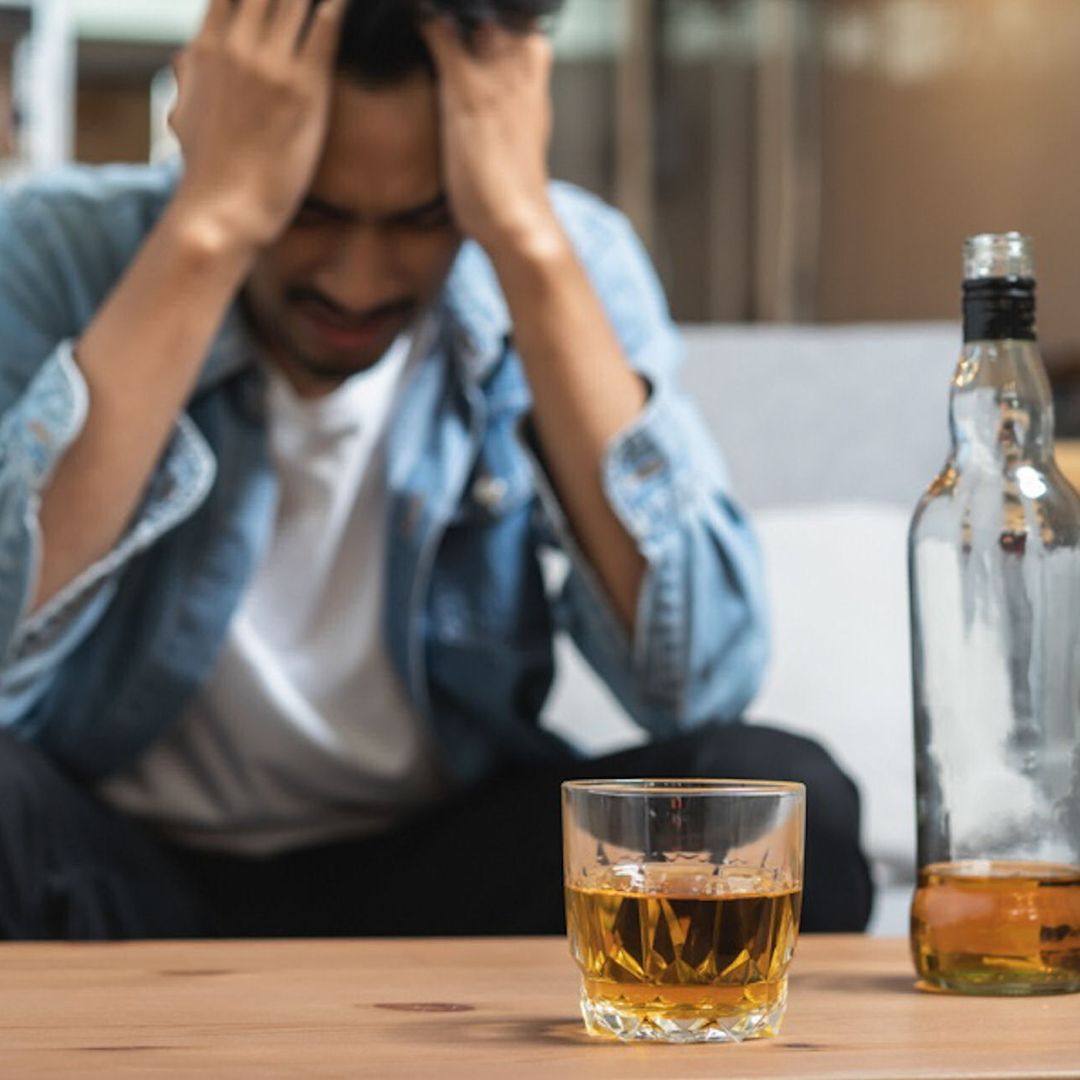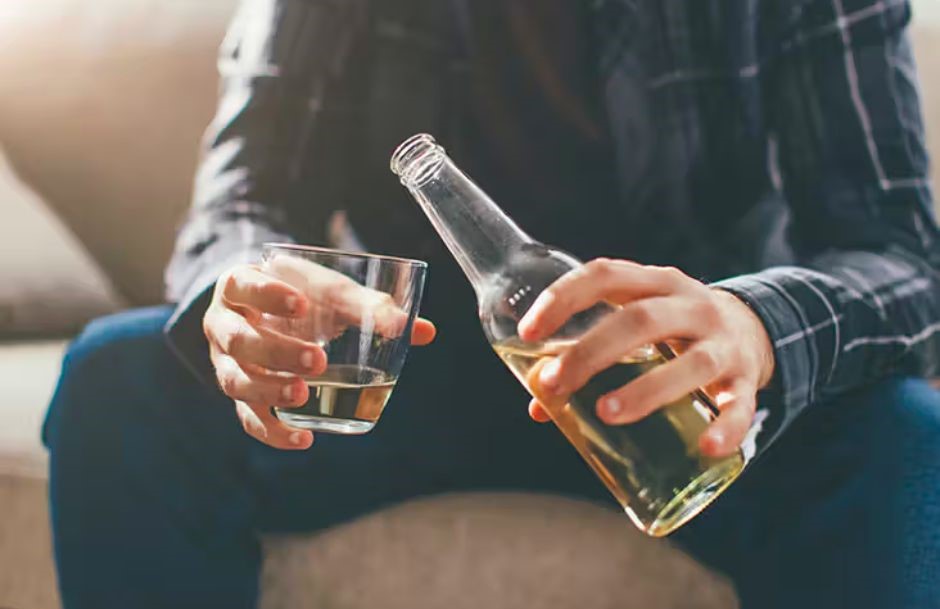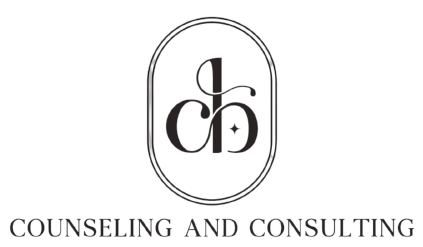Mental Health Blog

Avoiding Pain Through Addiction
“I’m just not ready to deal with all that mess right now.”
How often do we tell ourselves this when confronted by uncomfortable feelings? For many, especially those who have struggled with substance use, this phrase is a familiar refuge—a way to postpone the painful work of facing our emotions.
Addiction, in many forms, is not just about craving a substance or a behavior; it’s about buying time—a desperate attempt to avoid the emotional mess that feels too overwhelming to sit with.
Addiction as a Strategy of Avoidance, Not Escape
What many don’t realize is that addiction often serves as an unconscious shield against raw, unprocessed pain. It’s not simply a quest for pleasure, but a protective mechanism against feelings that feel unbearable—shame, grief, loneliness, fear, or unresolved trauma. When addiction steps in, it acts like a pause button for suffering, allowing us to momentarily disconnect from feelings we aren’t ready—or don’t know how—to handle.
This avoidance, however, has a hidden cost: the pain remains. It doesn’t vanish; instead, it lurks in the shadows, accumulating and distorting our emotional landscape.

📌 The Hidden Pain Addiction Masks
Unresolved grief: Losses—whether of loved ones, relationships, identity, or dreams—that have never been fully mourned.
Chronic shame: An internalized voice that convinces us we are fundamentally flawed, unworthy of care or healing.
Emotional numbness: A defense mechanism that dulls all feeling, leaving a void where vitality should be.
Existential emptiness: A silent, gnawing question of meaning and belonging that we fear facing.
Fear of vulnerability: The terror of being seen as weak or broken, leading us to hide behind addictive behaviors.
Recognizing these hidden pains requires deep self-honesty and courage, as addiction’s comfort can make the truth feel threatening rather than liberating.
✅ Signs You Might Be Avoiding Pain Through Addiction
Awareness is the first step toward change. Reflect on these questions to discern whether your addiction might be a form of pain avoidance:
Do you reach for your addiction automatically when you feel stress, sadness, or boredom?
Is there a vague discomfort or emptiness you feel before the urge arises, but you can’t easily name it?
Have you noticed that over time, it takes more of the addictive behavior to get the same relief?
Do you avoid talking about or exploring your feelings because they feel “too much” or “too painful”?
Is there a part of you that worries about what might happen if you stop using your addiction to numb yourself?
If you answered yes to any of these, your addiction might be less about desire and more about escaping emotional pain you haven’t yet allowed yourself to face.
📌 The Paradox of Avoidance: Pain Grows When Ignored
Avoiding pain may feel like protection, but it’s a double-edged sword. Addiction:
Fractures your sense of self by disconnecting you from your true emotions and needs.
Amplifies shame and secrecy, creating isolation that feeds the addiction cycle.
Reduces emotional resilience, making it harder to cope with even small challenges.
Increases the weight of pain, which quietly intensifies beneath the surface until it erupts uncontrollably.
In essence, avoidance doesn’t just delay pain; it makes healing more difficult by burying the roots deeper.
📌 Reflective Prompt:
Next time you feel the urge to escape through addictive behavior, ask yourself:
“What am I not ready to feel right now? What might I be avoiding by reaching for this?”
Answering honestly is not easy, but it’s the vital first step toward reclaiming your life from addiction and discovering the strength in vulnerability.
You’re Not Weak. You’re Protecting Yourself the Only Way You Know How. 💛
If numbing has become your go-to, and facing yourself feels like too much… you don’t have to do it alone.
🧠 A Therapist’s Toolkit: Sobriety and Addiction is a supportive workbook filled with self-guided tools to help you break the cycle of avoidance, name the emotions you’ve pushed away, and meet your pain with clarity and kindness.
This is not a quick fix. It’s a path toward real recovery — the kind that comes from facing your truth and honoring your capacity to grow.
💛 If you're ready to begin that process at your own pace, we’re here to walk beside you.
Explore More Here → A Therapist’s Toolkit: Sobriety and Addiction

Disclaimer: The content in our blogs are for informational purposes only and should not be considered a substitute for professional mental health advice, diagnosis, or treatment. Always consult with a qualified mental health professional for personalized guidance and care. In case of a mental health crisis or emergency, please call emergency services immediately.

© 2023 All Rights Reserved
We are offering services online via Telehealth
(614) 957-3321
Hours: Monday-Friday 9:00am-6:00pm

© 2023 All Rights Reserved

